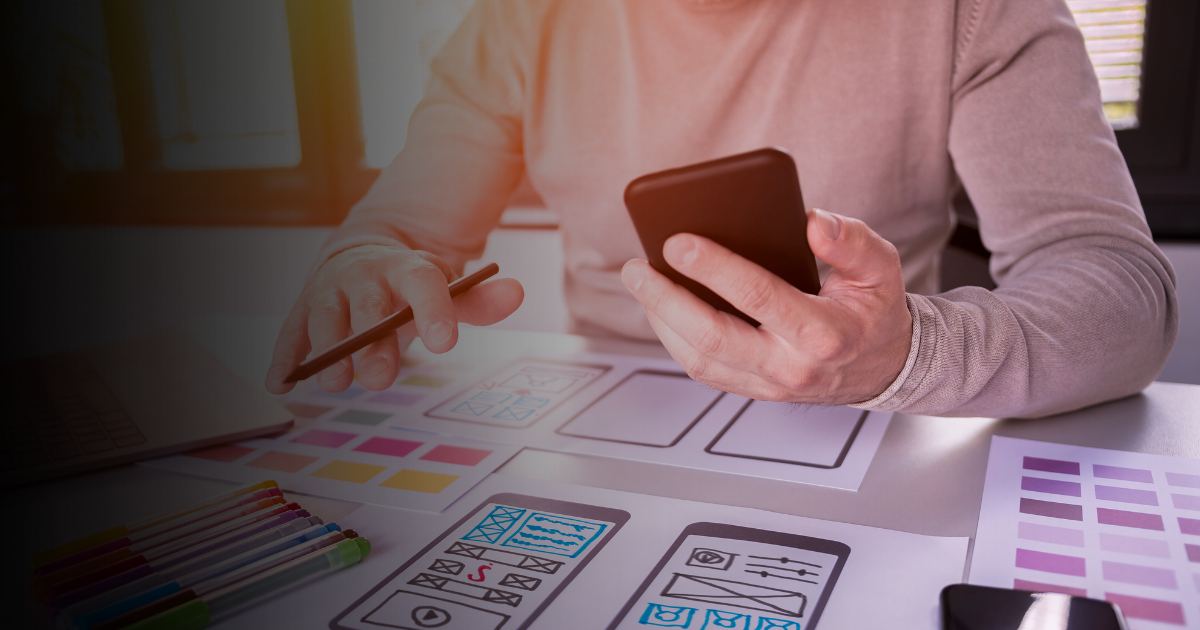
Function vs. Form in Design

Design is often a balance between form and function, but in high-stakes competition, form itself can become a closely guarded secret. I was reminded of this when I visited Valencia, Spain, during the America’s Cup—the world’s most prestigious sailing race.
At the docks, I saw divers moving in and out of the water. Curious, I asked what they were doing. It turns out they were there for security—not against intruders, but to conceal the design of the ships’ fins as they were escorted out for practice or racing. Just like in Formula One, the engineering behind these vessels is what often determines victory, sometimes even more than the skill of the crew. The shape and form of these components are so critical that teams go to great lengths to keep them hidden.
It’s fascinating to see how, in the world of elite competition, design isn’t just about aesthetics or even pure function—it’s also about secrecy, innovation, and the fine line between gaining an edge and protecting it.
In contrast, modern graphic and user experience design is something that is out in the open, universally accessible, and constantly evolving.
Minimalism, for example, has become a dominant trend, particularly in contemporary graphic design. However, beyond minimalism, there has been a resurgence of nostalgic aesthetics, particularly from the ’90s and early 2000s, influenced by the generation now entering the creative workforce. Still, minimalism, despite being trendy, harkens back to classic design principles, especially in typography and iconography from the ’60s and ’70s.
This isn’t just about cyclical trends but a deeper realization that what was important in design back then remains crucial today. Whether in mid-century modern or contemporary digital interfaces, the essential question remains: does form go before function?
The simple answer is that when everything is stripped back, function is paramount. If something isn’t usable or accessible, no matter how creative or innovative its design, it holds no real value.
This principle is evident in everything from mobile app interfaces to corporate branding. Consider food delivery apps like DoorDash, Grubhub, or Uber Eats. Despite being from different companies, they all share a similar user experience because it has been refined to be as efficient as possible. The ease of navigation and ordering, developed by experts, ensures that users can quickly interact with the service without needing extensive guidance.
This prioritization of function over form is also seen in banking. Financial services like Capital One have redesigned their in-store experiences to resemble tech spaces or coffee shops, but their mobile banking apps follow a familiar structure used by most banks. This consistency is intentional—if a user struggles to navigate a bank’s app, they are less likely to continue banking with that institution.
Function must come first, but form still serves a purpose. When designing complex data modules, for instance, minimalism can sometimes compromise the clarity of the data itself. Information-heavy visuals, like maps, tables, or charts, require structure and organization over aesthetic simplification. If the design hinders interpretation, the information becomes useless.
Unlike the America’s Cup divers concealing innovation beneath the water, today’s user experience and interface design is visible, analyzed, and interacted with daily. Whether we are designers or not, we engage with these systems constantly.
Ultimately, form may leave an impression, but if a design does not function effectively, it won’t have a lasting impact. Trust and usability outweigh fleeting visual appeal, reinforcing that in the real world, function must always take precedence over form.
Is your business website in need of a design refresh? Contact us and let’s talk about your project needs.
You might also be interested in:
- Mocha Mousse: Blending Familiarity with Modern Design as Pantone’s 2025 Color of the Year
- 3 Essential Questions to Define Your Brand Identity
- UI Design Spotlight: Navigation Menus
Editor’s Picks
If you've been living inside HubSpot like we have, you know the true magic is in the small, hidden tricks—those little shortcuts that save hours and...


Connect with us to discover how we can help your business grow.
.jpg)
